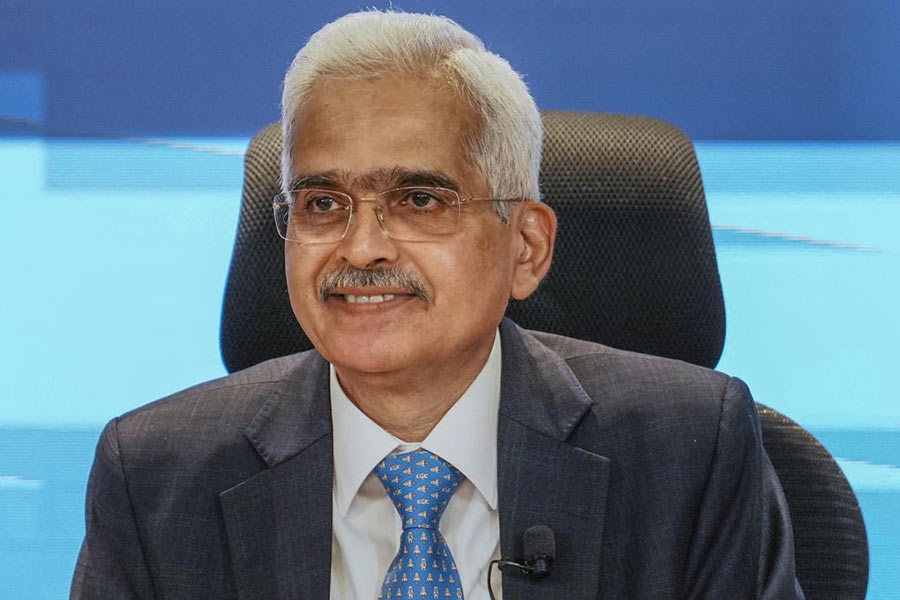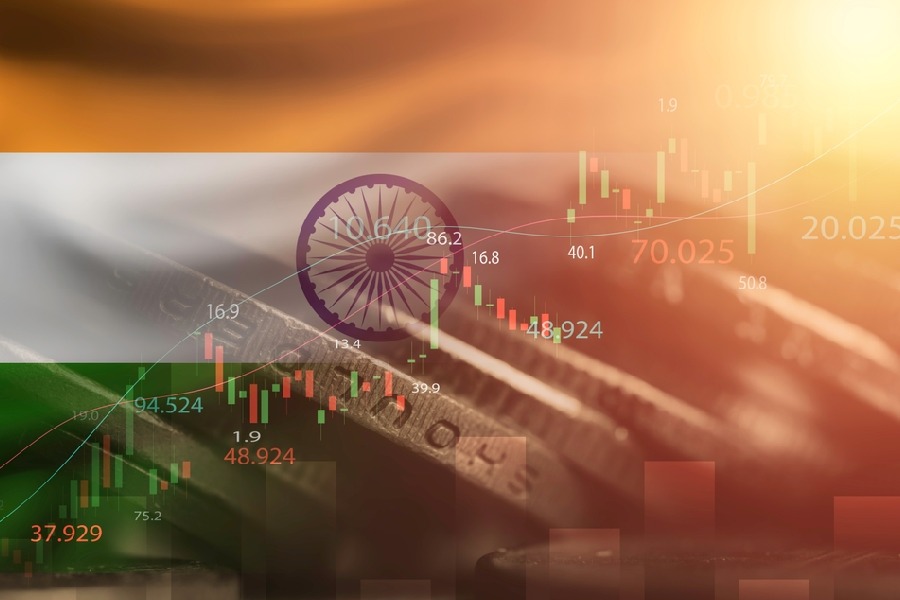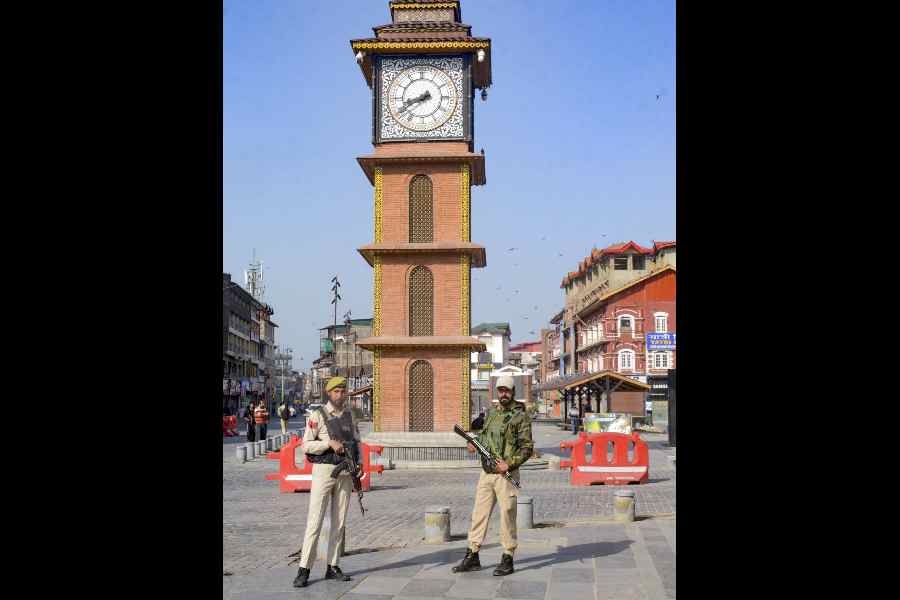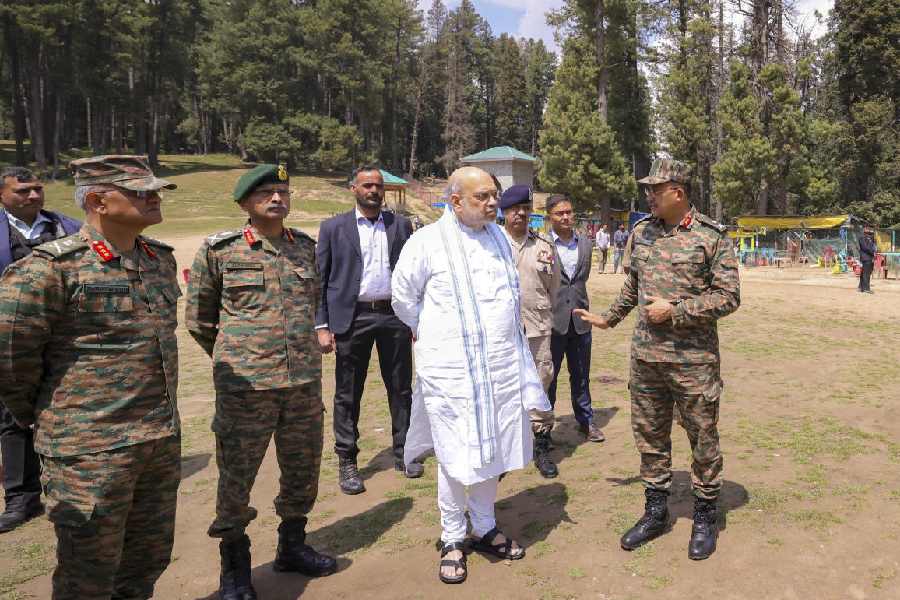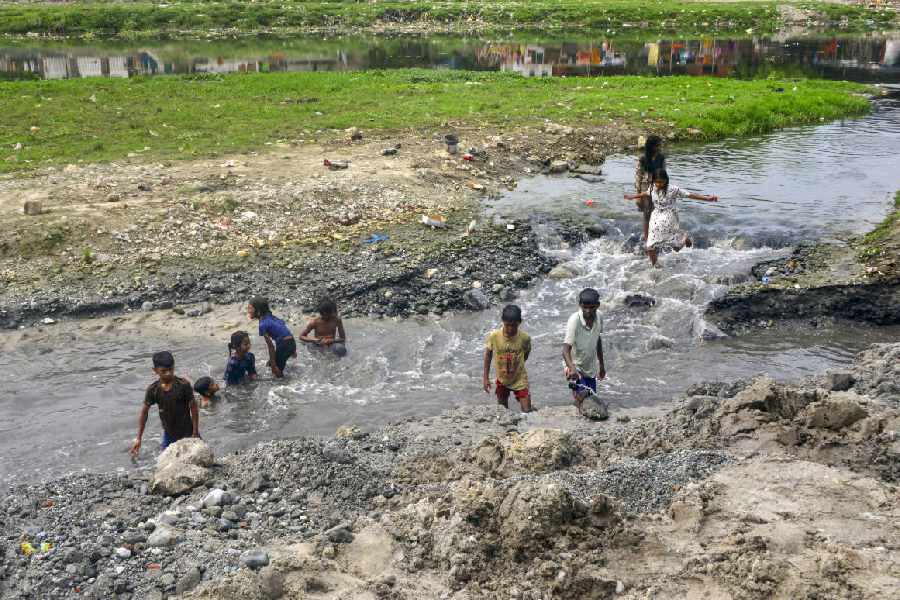With President Donald Trump threatening to slap tariffs on all US imports, India isn’t sitting back and waiting for impact – it’s fortifying its defences. Over the weekend, Prime Minister Narendra Modi appointed former Reserve Bank of India governor Shaktikanta Das as a principal secretary, sending a clear message: India is gearing up for the trade storm ahead.
Das is stepping into one of the government’s most powerful advisory roles. Turning 68 this week, Das is no stranger to crisis management. A seasoned economic troubleshooter, he has steered India through turbulent waters before, from Modi’s high-stakes demonetisation gamble to battles against inflation. But as Trump’s tariff tsunami looms, defending India’s exports – from pharma to autos to gems – could be his toughest challenge yet.
Trump aims to impose reciprocal tariffs on all countries that levy higher duties on U.S. goods, with India – dubbed the “tariff king” by the president – squarely in his sights. “India has more tariffs than nearly any other country. India’s a very hard place to do business,” he says. Trump is particularly riled by India’s $35-billion trade surplus with the US.
Seeking to mollify Trump, India’s already taken several steps. In the Budget, it slashed high tariffs on cult brand Harley-Davidson’s high-end motorbikes. India’s duties on the bikes have long angered Trump.
The government is also going to allow Elon Musk to start rolling out his electric vehicles from Tesla’s Berlin plant “and gradually explore local sourcing”. The EVs could be priced at around Rs 35 lakh to Rs 40 lakh. The government is saying the Tesla entry may lead to a broader relaxation of import rules for other EV makers.
Despite Modi’s bear hugs during his visit to Washington this month, Trump made it clear he wasn’t cutting him any slack on tariffs. “Here’s what we’re going to do: reciprocal. Whatever you charge, I’m charging,” he told Modi.
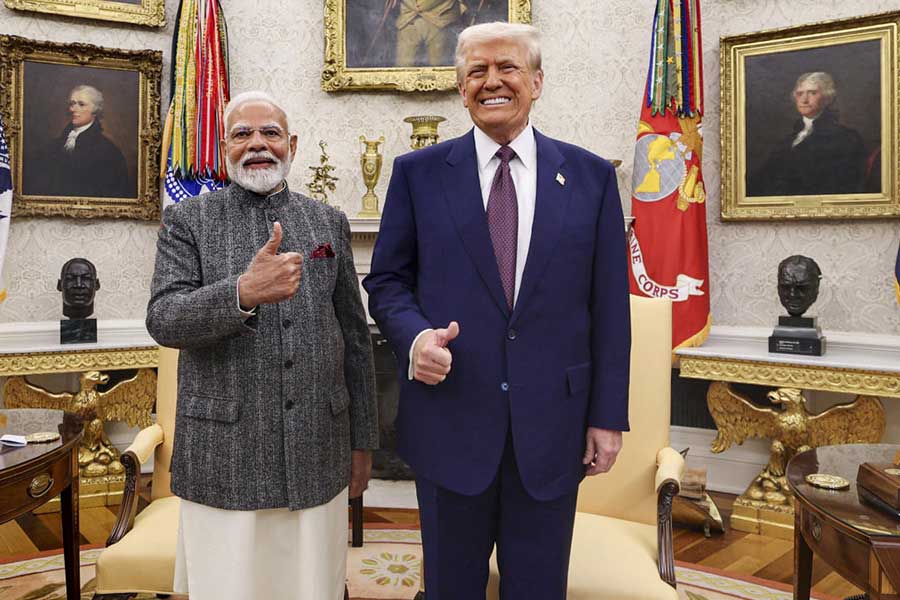
Despite Narendra Modi’s bear hugs during his visit to Washington this month, Donald Trump made it clear he wasn’t cutting him any slack on tariffs. (PTI)
This “simple, beautiful system,” as Trump calls it, puts India’s $74 billion in exports to the US in the crosshairs. India’s tariff rates are higher than the US on most goods, and it remains unclear whether the Trump administration will also factor in non-tariff barriers like export subsidies when calculating its levies.
While Trump has long complained about India’s tariffs, his latest escalation could trigger job losses, industry slowdowns, and price hikes, denting already slowing economic growth.
The key month to watch is April – Trump has said an announcement could come as soon as April 2.
“President Trump has asked for a number of reports and analyses. It’s unclear whether it will be an overall tariff level or product-by-product,” says Andrew Tilton, chief Asia-Pacific economist at Goldman Sachs.
First, the good news: Trump’s tariffs, even under a worst-case scenario, will be a “manageable hit,” according to Tilton. For all the government’s claims that the country is opening up to the world, “India is still a relatively closed economy,” he notes. India’s direct exports to the US account for just 2 per cent of India’s GDP. Additionally, the country has substantial services exports, which are not expected to be targeted by the Trump administration, according to S&P Global Ratings.
Still, Goldman Sachs warns that the new tariffs could shave more than half a percentage point off the GDP. Meanwhile, the State Bank of India estimates that India’s exports to the US could decline by 3-to-3.5 per cent. However, the impact of the tariffs will vary by sector.
Pharmaceuticals will be hit hard, as Trump is considering a 25-per-cent tariff on all pharmaceutical imports into the US. The US is India’s largest pharmaceutical export market, with top Indian drug makers deriving 30 per cent to 50 per cent of their revenues from the American market.
Last year, of India’s total pharmaceutical exports of $27.9 billion, $8.7 billion – or a full 31 per cent – went to the US. If manufacturers must cut prices to stay competitive due to tariffs, they'll have to absorb the costs, which could hurt profitability.
Where India has an advantage is in its lower manufacturing costs. The US depends on India for nearly half of its low-cost generic drug imports, and any gap created by reduced imports of high-cost patented medicines is unlikely to be immediately filled by US drug makers.
Given the already high drug prices in the US analysts speculate Trump’s tariff threats against pharma may be more bluster than substance. However, this possibility hasn't stopped a 6-per-cent plunge in the Nifty Pharma Index over the past month, with Aurobindo, Dr Reddy’s, and Zydus feeling the most heat. India has attempted to meet some of Trump’s demands by extending basic customs duty exemptions to 37 life-saving medicines, but that's unlikely to be enough.
Then, there’s the jewellery and precious stones sector. India is a top exporter of gems and jewellery to the US, but higher duties could crimp demand and spell hardship for artisans and traders.
Another sector facing pressure is chemicals and petrochemicals, with exports worth $5.7 billion potentially facing a 6 per cent duty, reducing demand for Indian specialty chemicals.
Indian farm exports -- including shrimp, dairy, and processed foods -- could face steep new tariffs, potentially rising as high as 38.2 per cent compared to the current 5.3 per cent duty on Indian farm products entering the US. American farm exports to India already face a much higher tariff of 37.7 per cent and Trump is particularly eager to boost US agricultural exports to India to please his key farming backers.
The automobile and auto parts sector, accounting for $2.8 billion in exports, could see a 23.1 per cent tariff hike, making Indian vehicles more expensive. Machinery, turbines, and computers, with exports amounting to $7.1 billion, could face a 5.29 per cent tariff increase, impacting engineering exports. Textiles, fabrics, and carpets, which make up $2.76 billion in exports, could see a 6.59 per cent tariff hike, raising costs for Indian textile producers.
Then, there’s the traditional safe-haven: gold. While India has cut import duties on gold, Trump’s policy could drive up global gold prices even further. With Indians historically turning to gold for investment and weddings, this could sting buyers but benefit those already holding the precious metal.
However, some Indian exports may remain unaffected. Ores, minerals, and petroleum exports worth $3.33 billion and garments totaling $4.93 billion already face relatively high US tariffs, making additional duties unlikely.
While industries and exporters rush to adjust, the biggest losers may be everyday Indian consumers. Pharmaceutical and other manufacturers may attempt to offset their losses by passing on costs to local buyers.
Government officials are scrambling to diversify trade partnerships and reduce reliance on the US market. Both the European Union and the UK are reportedly fast-tracking their long-delayed free trade agreements with India. But trade relationships don’t change overnight.
Yet, Trump’s tough tariff medicine might be just what India requires. “India needs to cut tariffs for its own good – irrespective of who tells India to do so,” says NITI Aayog CEO B.V.R. Subrahmanyam. Being open to the world must be among India’s top five priorities if it wants to become a developed country, he argues.
“If we actually prepare ourselves, it can lead to a massive boom... because there's going to be trade diversion,” he says, noting that with the US imposing tariffs on China and other countries, India could benefit.
"There are opportunities for India. We are a man at first slip, the ball is coming in our direction. Are we going to hold it or drop the catch?” says Subrahmanyam.
The big question, of course, is how long Trump’s tariffs will last – especially if, as expected, they drive up prices for US consumers and businesses. "For the US, I don't think tariffs will be as beneficial as the administration believes, partly because goods are made outside the US for a reason -- it’s cheaper to make them outside,” former Reserve Bank of India governor Raghuram Rajan told India Today.
“If universal tariffs are implemented, they may prevent imports from other countries, but that would force production to occur in the US at a much higher cost. There's a reason why China is doing it – it’s cost-effective,” Rajan added.

